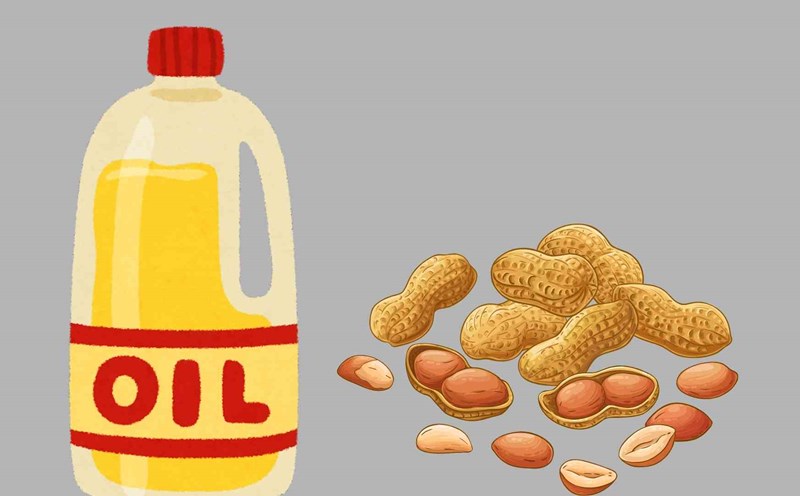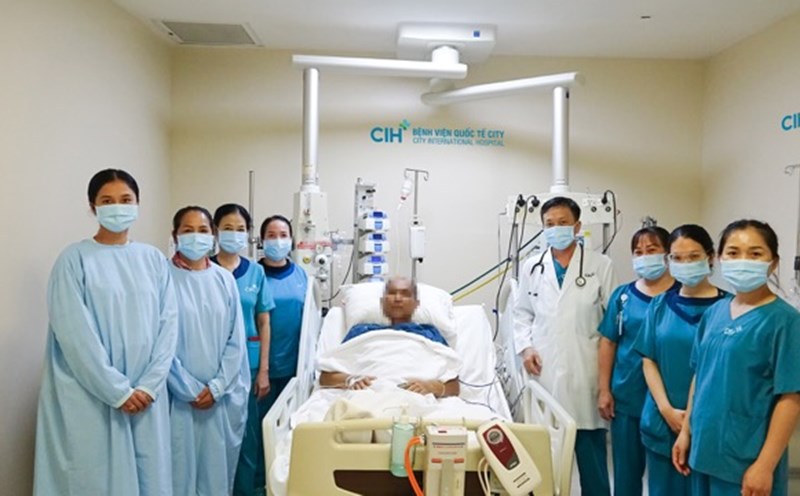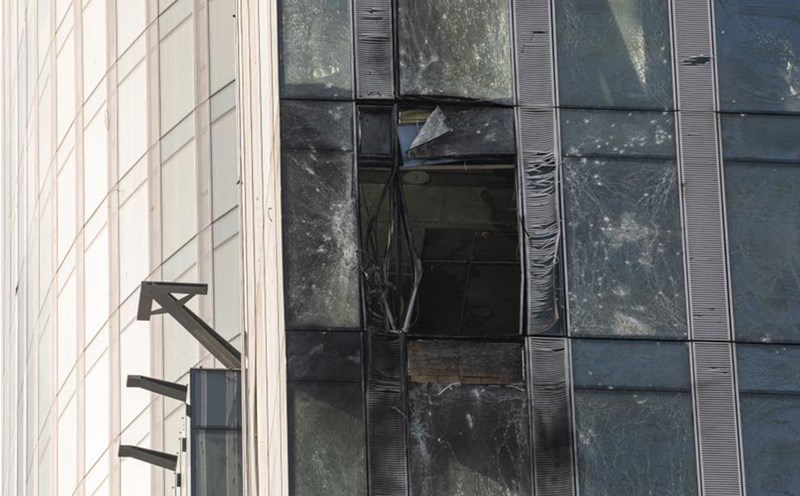Nail making is a popular beauty habit for modern women. However, few people expect that constantly painting, fixing fake nails or using gel can leave serious consequences for overall health, from skin infections to nail damage and respiratory risks.
Weak nails, prone to fracture and deformation
Continuous nail painting, especially with gel or acrylic powder, causes the nail to wear out the natural keratin layer, the nail protection layer against bacteria and chemicals. When this protective layer is lost, the nails become thin, prone to fracture and can be separated.
Dr. Shari Lipner, a dermatologist at New York- Presbyterian Hospital and Weill Cornell Medical School, warned: "Constanceful nail processing results in no recovery time, leading to permanent damage or nail loss."
Risk of fungal and bacterial infections
When making fake nails or paint with gel, creating space between the real nails and the coating can cause moisture to be retained. This is an ideal condition for fungi or bacteria to grow.
Initial symptoms may be discoloration of the nails, thickness or a mild odor. If not treated promptly, nail infections can spread and cause pain.
Exposure to toxic chemicals
Many nail paintings contain compounds such as formaldehyde, toluene and dibutyl phthalate, which are linked to skin allergies, hormonal degradation and can even increase the risk of cancer when exposed for a long time.
In addition, using UV lights to dry gel paint can also cause damage to the skin on the hands. A study published in Nature Communications shows that UV rays from nail lamps can damage skin cell DNA, increasing the risk of premature aging and skin cancer.
Causes respiratory irritation
Nail technicians who are regularly exposed to chemical smoke may experience respiratory problems such as coughing, wheezing or asthma. Users also cannot help but inhale the volatile solution in less airy space.
Customers often do not realize that a few nail marks a month can accumulate risks without appropriate protections such as wearing a mask or choosing safer products, says Dr. Audi Kunin, dermatologist and founder of DermaDoctor (USA).
Safe beauty, things to note:
Limit continuous nail processing, so let the nails " rest" at least 1-2 weeks between times.
Choose a reputable salon with thorough cleaning of tools and airy space.
Prioritize "3-free" or "5-free" paint products that do not contain toxic chemicals.
Regularly cleanse your nails with natural oils or creams containing vitamin E.
nail making is not bad, but it is important to know how to protect nails and your overall health when you choose to stick with this beauty habit.











